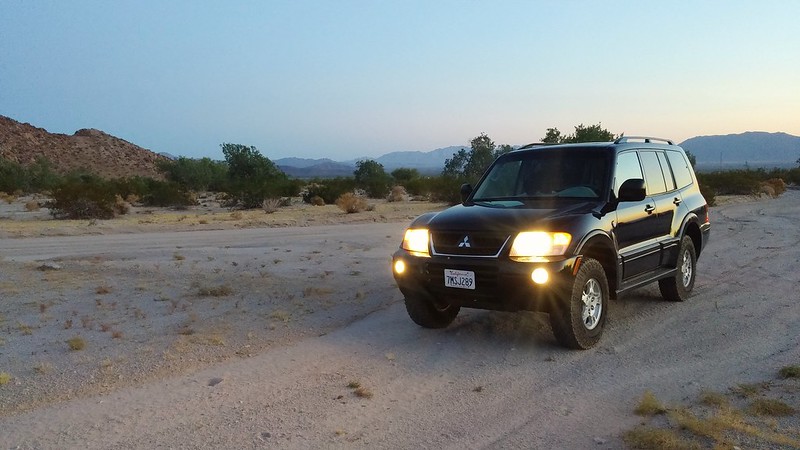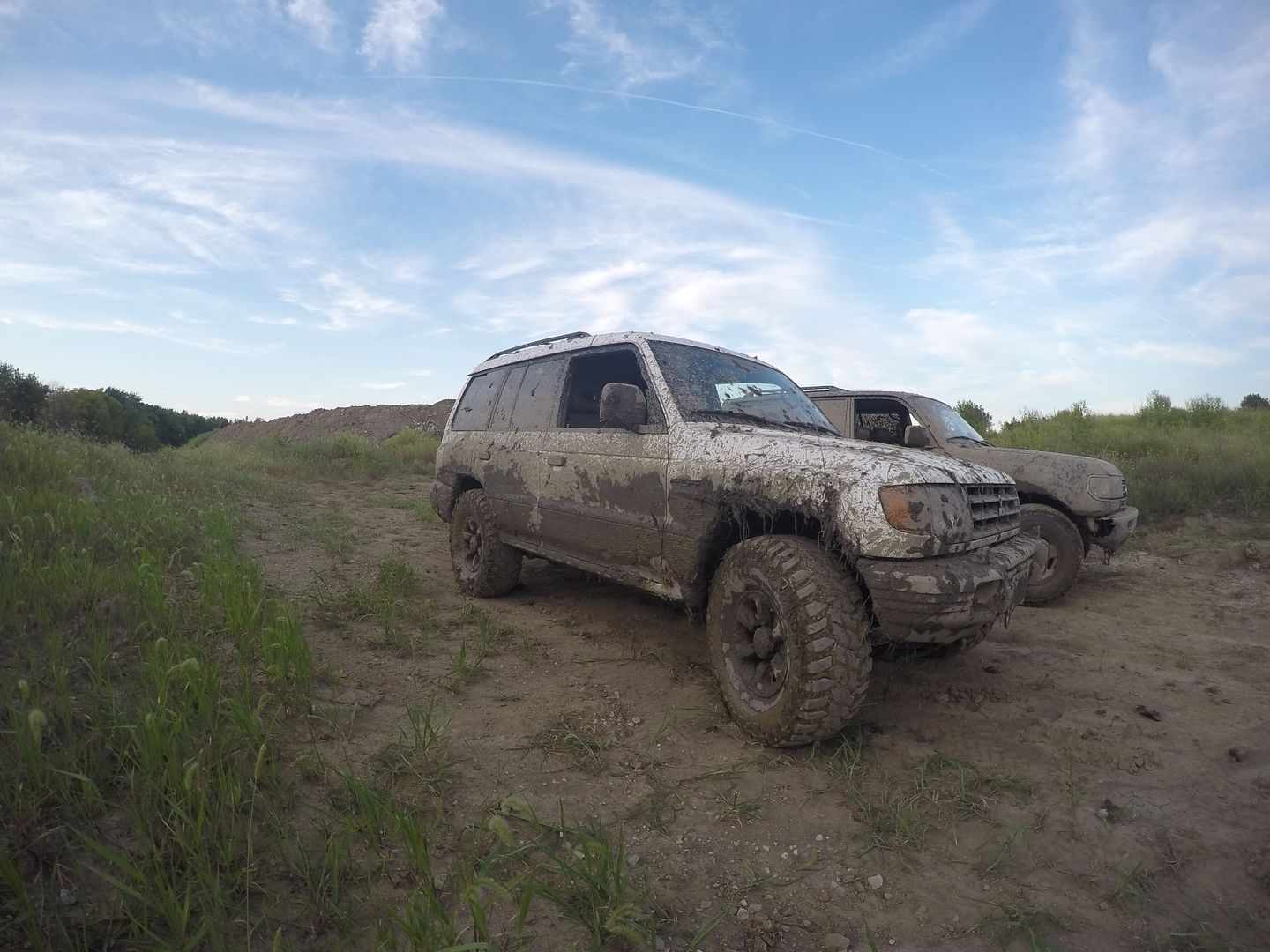There was an article I read some years back, I think from Peterson's 4 Wheel Drive, where they did a pretty interesting breakdown on this subject. Along the lines of the first article linked in this thread; taller is generally beneficial (gas mileage excepted), wider only to a certain point. The author got into flotation factor, the rolling resistance, diameter, width, so on and so forth, but he applied it to a number of different vehicles that are popular with people for off roading. After plugging in the numbers (weight, horsepower, etc...), it was interesting to see that wider tires, while better in soft stuff in theory, weren't always better in reality. For example, he showed that you very quickly reach a point where the rolling resistance of a wider tire will increase faster than and negate the flotation factor, something that would definitely affect our Montys that aren't exactly rocking dirt drag race motors.
I'll have to dig around and see if I can find the article. Very informative, and just plain interesting.
Ed
 2015-10-13_06-58-51 by concealer404, on Flickr
2015-10-13_06-58-51 by concealer404, on Flickr 2015-10-13_06-58-35 by concealer404, on Flickr
2015-10-13_06-58-35 by concealer404, on Flickr 2015-10-13_06-58-51 by concealer404, on Flickr
2015-10-13_06-58-51 by concealer404, on Flickr 2015-10-13_06-58-35 by concealer404, on Flickr
2015-10-13_06-58-35 by concealer404, on Flickr
